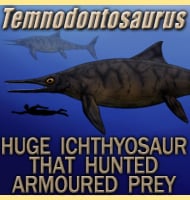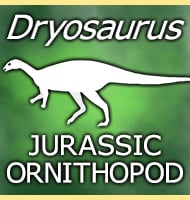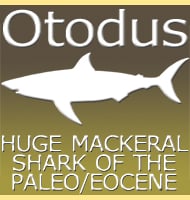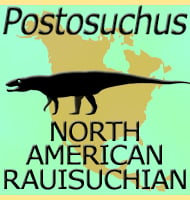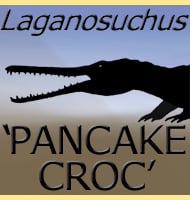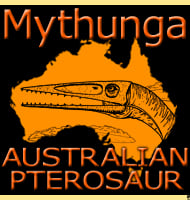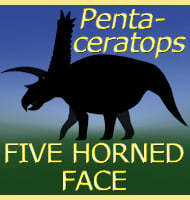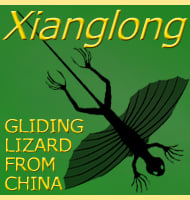In Depth
Mojoceratops was discovered by a close examination of some skulls that had been assigned to the more well Chasmosaurus. The more the skulls were studied the more differences were discovered, resulting in the creation of a new genus. The palaeontologists who were looking the skulls over initially came up with name Mojoceratops when they were brainstorming ideas. However when they realised that a mojo is actually a charm for attracting members of the opposite sex they found the name to be very fitting as ceratopisan most probably used their frills for that exact purpose. Additionally the frill dips in the middle making the two halves form a structure that loosely resembles a heart shape.
Further Reading
– Mojoceratops perifania, A New Chasmosaurine Ceratopsid from the Late Campanian of Western Canada. – Journal of Paleontology 84 (4): 681–694. – Nicholas R. Longrich – 2010.

